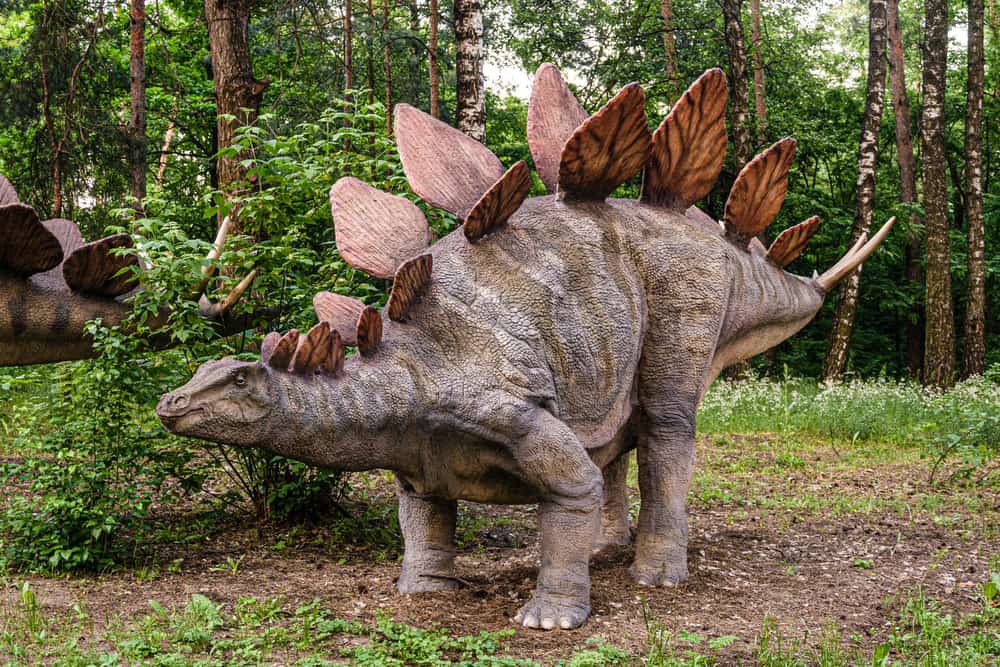Could you name some basic facts about dinosaurs? You could probably think of at least three or four, even off the top of your head. We would even name a few, but we might be wrong! Why? Well, because science is always evolving thanks to ongoing research. Years and years of discovery have changed the way we look at dinosaurs. Paleontologists, scientists, and researchers work diligently daily to help us better understand these prehistoric creatures and the way they lived millions of years ago. Although teachers explained to us the life and death of a dinosaur in school, scientists have made discoveries over the years to help gain a better understanding of these creatures. Pair that with incredible technology and we have new answers about these amazing animals.
Whether you have an interest in the Triassic, Cretaceous, or Jurassic period dinosaurs, we all loved dinosaurs as children and played with toys that resembled our favorites. However, what if your favorite dinosaur looked completely different than you thought? It would be a shock, right? Well, that may be the case with some dinosaurs. There has been so much new information available since we were in school. So, we thought… why not create a list of some of the best advancements made in the field of paleontology to help you learn new information about your favorite dinosaurs? So sit back, relax, and check out this article about dinosaur facts paleontologists discovered since you graduated. As far as you know, your facts about dinosaurs are just mere opinions now that have been debunked by recent research. Do you think the T. Rex is the largest dinosaur that ever roamed the earth? You would be wrong! Keep reading for more updated facts about dinosaurs your kids will learn about in their textbooks.
22. Did The Stegosaurus Really Have Two Brains?

It was a long-held belief that the stegosaurus actually had two brains – one in its pelvis and one in its head. However, scientists now believe this creature only had one brain. It was a simple theory that many scientists believed. That is, until they discovered new information, disproving the second brain idea. The Stegosaurus is an interesting dinosaur that lived during the Late Jurassic Period – between 155 and 145 million years ago. It was an herbivore, meaning it ate plant material such as leafy greens, stems, and flowers. Scientists considered the stegosaurus to be an armored dinosaur due to the spikes on its back.
This interesting dinosaur was a slow-moving one that lived peacefully among other dinosaurs of its kind. The spikes on its back were embedded into its skin and not a part of its spine. Scientists and paleontologists are unsure what the dinos used their tips for. However, it is only a matter of time before they figure it out and give us more information on this majestic creature. They found an almost complete skeleton and put it on display in The Natural History Museum’s Earth Hall in Washington D.C. Scientists only found one set of fossils for the stegosaurus fossils. Furthermore, they discovered them in the United States, leading scientists to believe that’s the only place this type of dinosaur lived.
